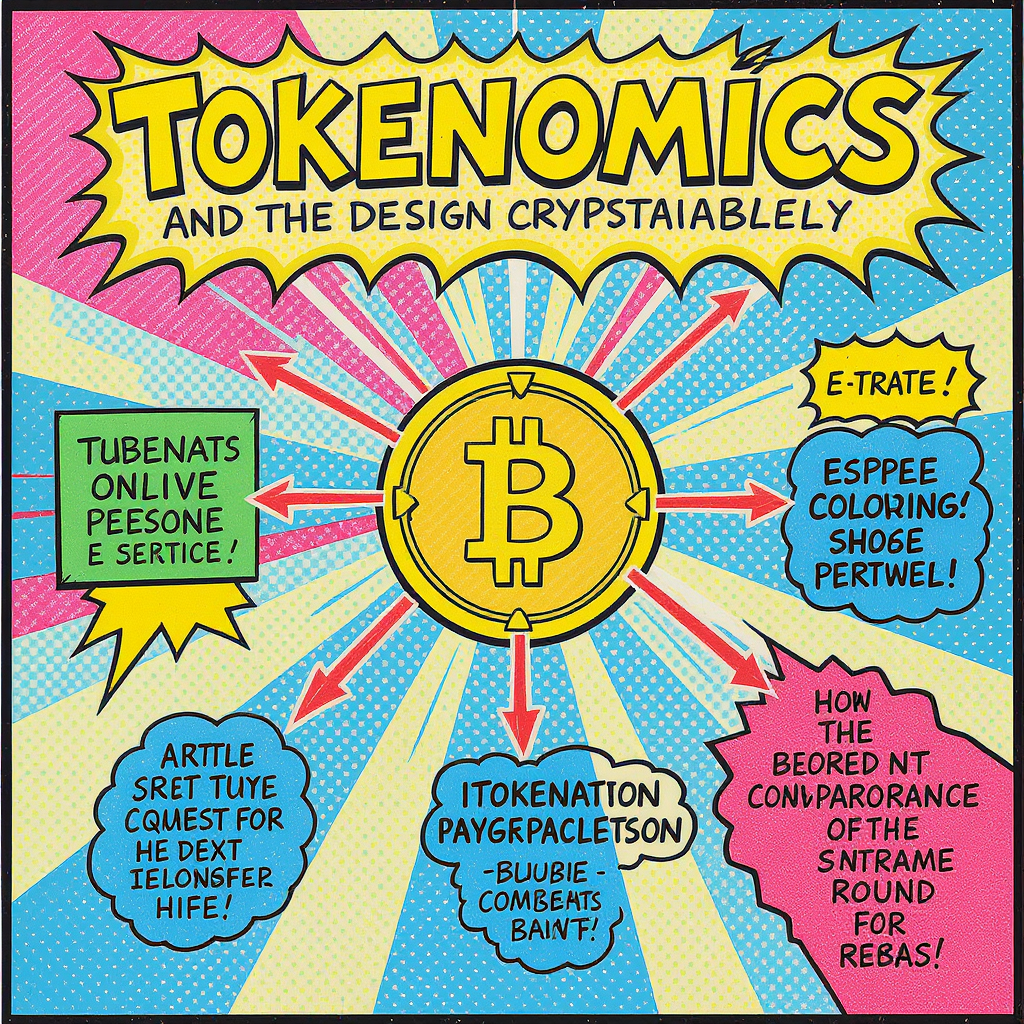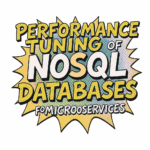The success of any cryptocurrency hinges not only on its technological innovation but also, and perhaps more critically, on the economic mechanisms that govern its distribution, usage, and long-term viability. This is where tokenomics comes into play. This article delves into the intricate relationship between tokenomics and the design of sustainable cryptocurrency ecosystems. We will explore how thoughtfully designed token models can incentivize network participation, encourage growth, and ultimately ensure the longevity of a cryptocurrency project. We will examine key components of effective tokenomics, such as token utility, distribution strategies, inflation models, and governance mechanisms. By analyzing these elements, we’ll uncover how a well-structured tokenomic model can be the cornerstone of a thriving and sustainable digital economy.
Token Utility and Value Proposition
The foundation of any successful cryptocurrency lies in its inherent utility. A token without a clear purpose or value proposition is unlikely to attract and retain users. The token’s utility should be integral to the ecosystem’s functionality. This could involve using the token for transactions within the ecosystem, accessing specific services, or participating in governance decisions. For instance, a decentralized finance (DeFi) protocol might use its native token to incentivize liquidity provision, while a gaming platform might use its token to purchase in-game assets. A strong value proposition ensures demand, which is crucial for maintaining the token’s value and attracting investment.
Distribution Strategies and Initial Coin Offerings (ICOs)
The initial distribution of tokens significantly impacts the ecosystem’s long-term health. A fair and transparent distribution mechanism fosters wider adoption and prevents early concentration of wealth in a few hands. Common distribution methods include airdrops, ICOs, staking rewards, and mining. ICOs, while previously popular, have been subject to scrutiny due to past issues. A well-designed ICO needs to consider token allocation to various stakeholders like developers, early investors, and the community. A fair allocation prevents price manipulation and encourages a more decentralized and robust network. The key is to balance the needs of early adopters and long-term growth, ensuring a sustainable distribution model.
Inflation Models and Token Supply
The token’s inflation model determines the rate at which new tokens are introduced into circulation. A high inflation rate can dilute the value of existing tokens, discouraging investment and potentially leading to instability. Conversely, a deflationary model, while potentially attractive, can stifle network growth if it makes token acquisition too expensive. The ideal model often involves a controlled inflation rate that gradually decreases over time, balancing the need to reward network participants with the need to maintain token value. Careful consideration of the token’s total supply is also essential; a limited supply can create scarcity and drive demand, but it also poses challenges for long-term adoption and scalability.
Governance and Community Engagement
Effective governance mechanisms are essential for a sustainable cryptocurrency ecosystem. These mechanisms allow token holders to participate in decision-making processes, ensuring the project’s development aligns with the community’s interests. Governance models vary, from centralized systems where a core team makes decisions to decentralized autonomous organizations (DAOs) where decisions are made through community voting. Transparency and accountability are critical to fostering trust and ensuring the project’s long-term success. Active community engagement is crucial, fostering a sense of ownership and encouraging participation in the ecosystem’s growth.
Conclusion
Designing a sustainable cryptocurrency ecosystem requires a comprehensive and well-thought-out approach to tokenomics. From defining a clear utility and value proposition to implementing fair distribution strategies and sustainable inflation models, every aspect plays a vital role. Effective governance structures and active community engagement further solidify the ecosystem’s resilience. Ignoring these crucial aspects can lead to instability, diminished value, and ultimately, the failure of the project. By carefully considering the interplay between token utility, distribution, inflation, and governance, developers can create vibrant and enduring cryptocurrency ecosystems that serve both their intended purpose and the wider cryptocurrency community. A holistic understanding of tokenomics is not just beneficial but critical for long-term success in the ever-evolving cryptocurrency landscape. Focusing on community building and incentivizing participation with carefully planned and equitable token allocation strategies are key to building a truly sustainable and resilient cryptocurrency project. This requires a long-term perspective and a willingness to adapt to changing market conditions and community needs.
References
Image By: Black Forest Labs






